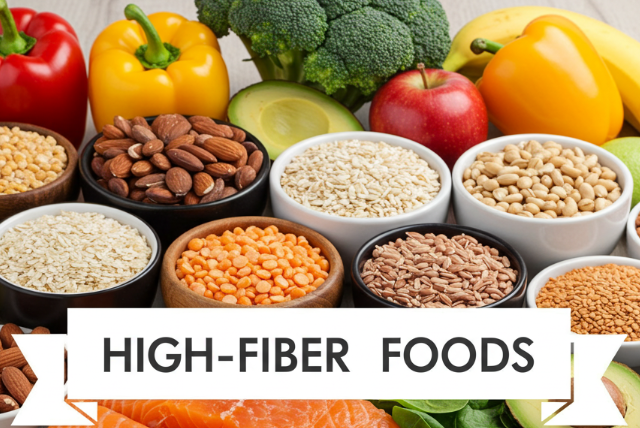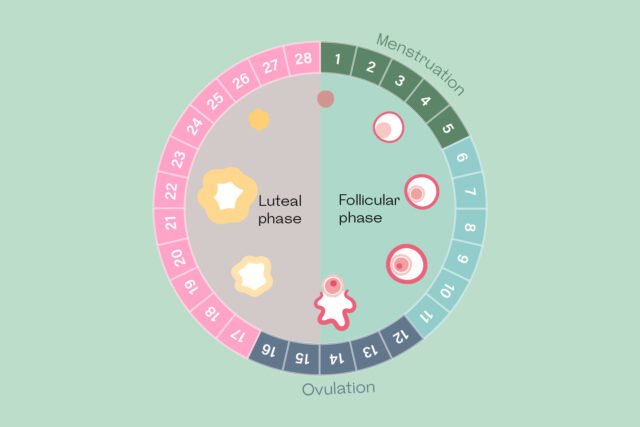
*This post may contain affiliate links. Read more.*
Introduction
Fiber is one of the most essential nutrients for maintaining overall health, yet many people fail to consume enough of it. According to the Dietary Guidelines for Americans, the average adult should consume 25-30 grams of fiber daily, but most people fall short of this target. A fiber-rich diet is linked to improved digestion, better heart health, and effective weight management. In this article, we will explore the benefits of high-fiber foods, their impact on health, and how to incorporate them into your daily diet.
1. The Role of Fiber in Digestion
Dietary fiber plays a crucial role in maintaining a healthy digestive system. It is classified into two types: soluble and insoluble fiber. Soluble fiber dissolves in water and forms a gel-like substance that helps regulate blood sugar and cholesterol levels. Insoluble fiber, on the other hand, adds bulk to the stool and promotes regular bowel movements, reducing the risk of constipation.
Research published in the American Journal of Gastroenterology highlights that high-fiber diets can help prevent digestive disorders such as irritable bowel syndrome (IBS) and diverticulosis. Fiber also nourishes beneficial gut bacteria, promoting a balanced microbiome and enhancing overall gut health (NIH).
2. Fiber and Heart Health
A high-fiber diet has been shown to significantly reduce the risk of cardiovascular diseases. Soluble fiber, found in foods like oats, beans, and flaxseeds, helps lower LDL (“bad”) cholesterol by binding to cholesterol particles and removing them from the body.
A study published by the Harvard T.H. Chan School of Public Health found that individuals who consume more dietary fiber have a lower risk of developing heart disease and hypertension. Fiber also aids in reducing inflammation and maintaining healthy blood pressure levels (Harvard Health).
3. High-Fiber Foods for Weight Management
Fiber plays a crucial role in weight management by promoting satiety and reducing overall calorie intake. High-fiber foods take longer to digest, helping individuals feel full for extended periods and reducing cravings.
A study in the Journal of Nutrition found that increasing fiber intake is associated with lower body weight and reduced abdominal fat. Foods like lentils, whole grains, berries, and vegetables are excellent sources of fiber and should be included in a balanced diet to support healthy weight management (PubMed).
4. How to Add More Fiber to Your Diet
Incorporating fiber-rich foods into your daily routine doesn’t have to be challenging. Here are some practical tips:
- Start your day with whole grains – Choose oatmeal, whole wheat bread, or high-fiber cereals for breakfast.
- Add legumes to meals – Lentils, chickpeas, and black beans are excellent fiber sources.
- Eat more fruits and vegetables – Berries, apples, carrots, and leafy greens provide ample fiber.
- Snack on nuts and seeds – Almonds, chia seeds, and flaxseeds are fiber-rich and nutrient-dense.
- Stay hydrated – Drinking plenty of water helps fiber move through the digestive tract efficiently.
Conclusion
A diet rich in fiber provides numerous health benefits, from improving digestion and supporting heart health to aiding in weight management. By incorporating high-fiber foods into your meals, you can enhance your overall well-being and reduce the risk of chronic diseases. Start making small changes today by adding more fiber to your plate and enjoying the long-term health benefits.
#digestion #fiber benefits #fiber-rich diet #gut health #healthy eating #heart health #high-fiber foods #microbiome #weight management









